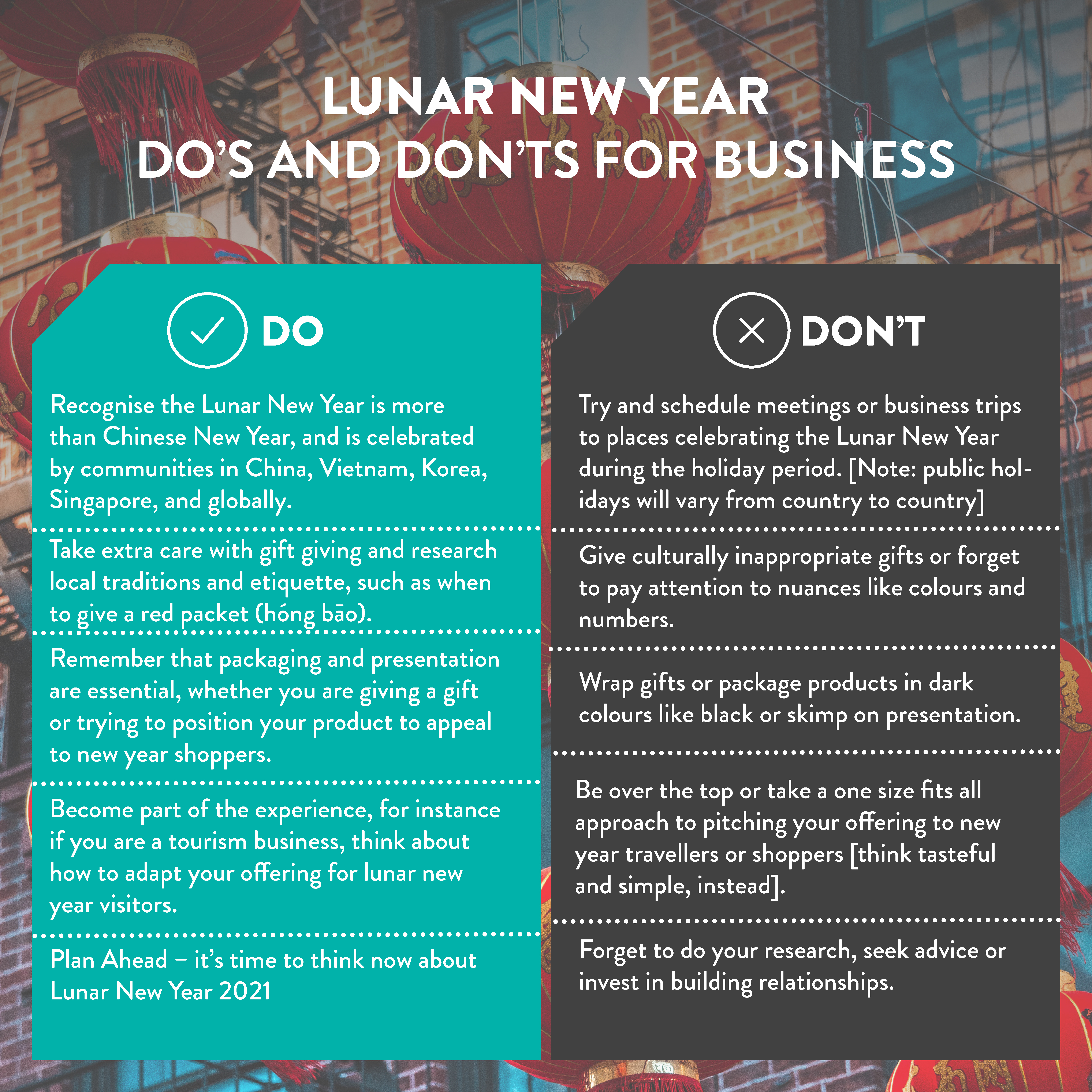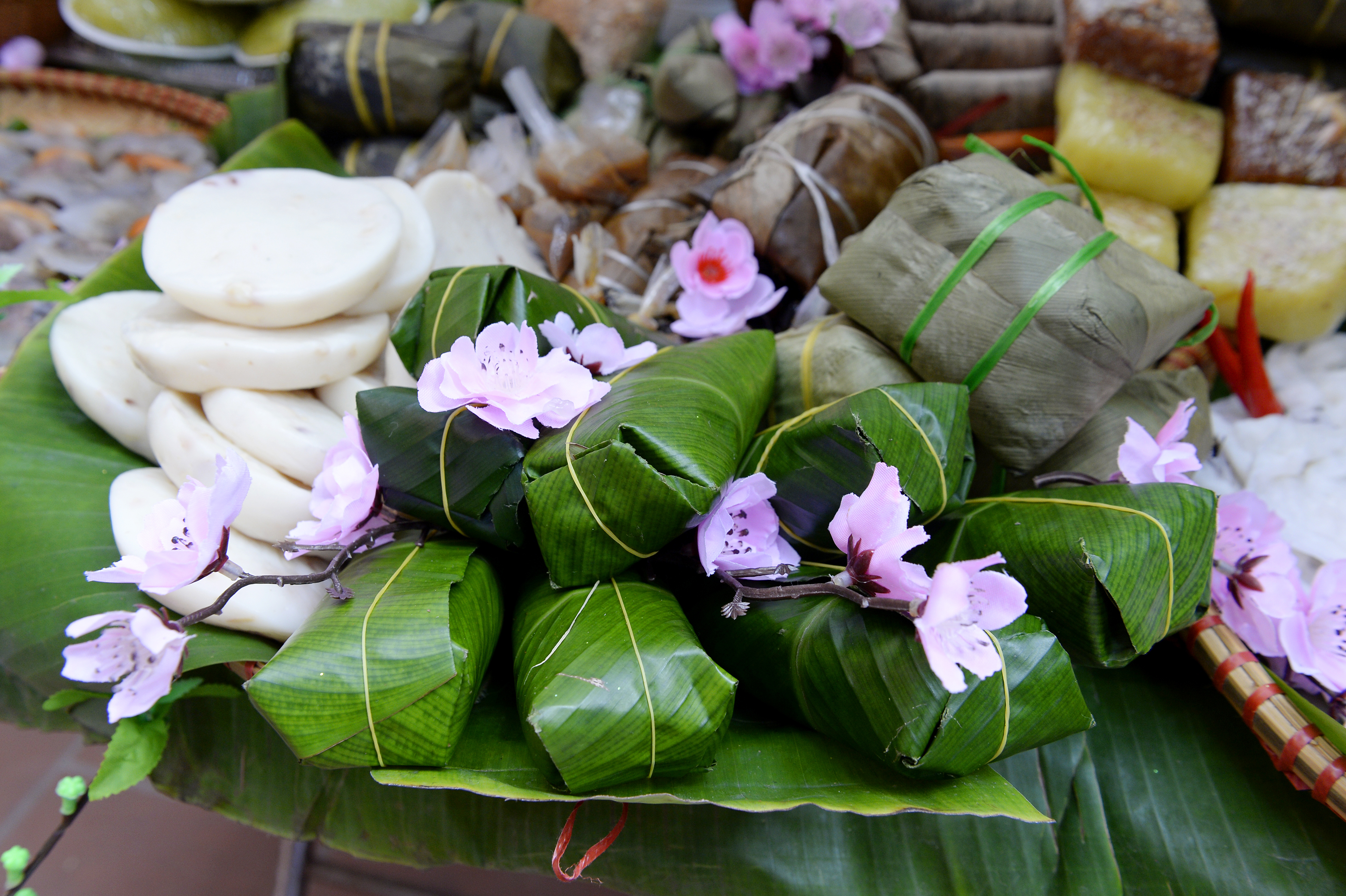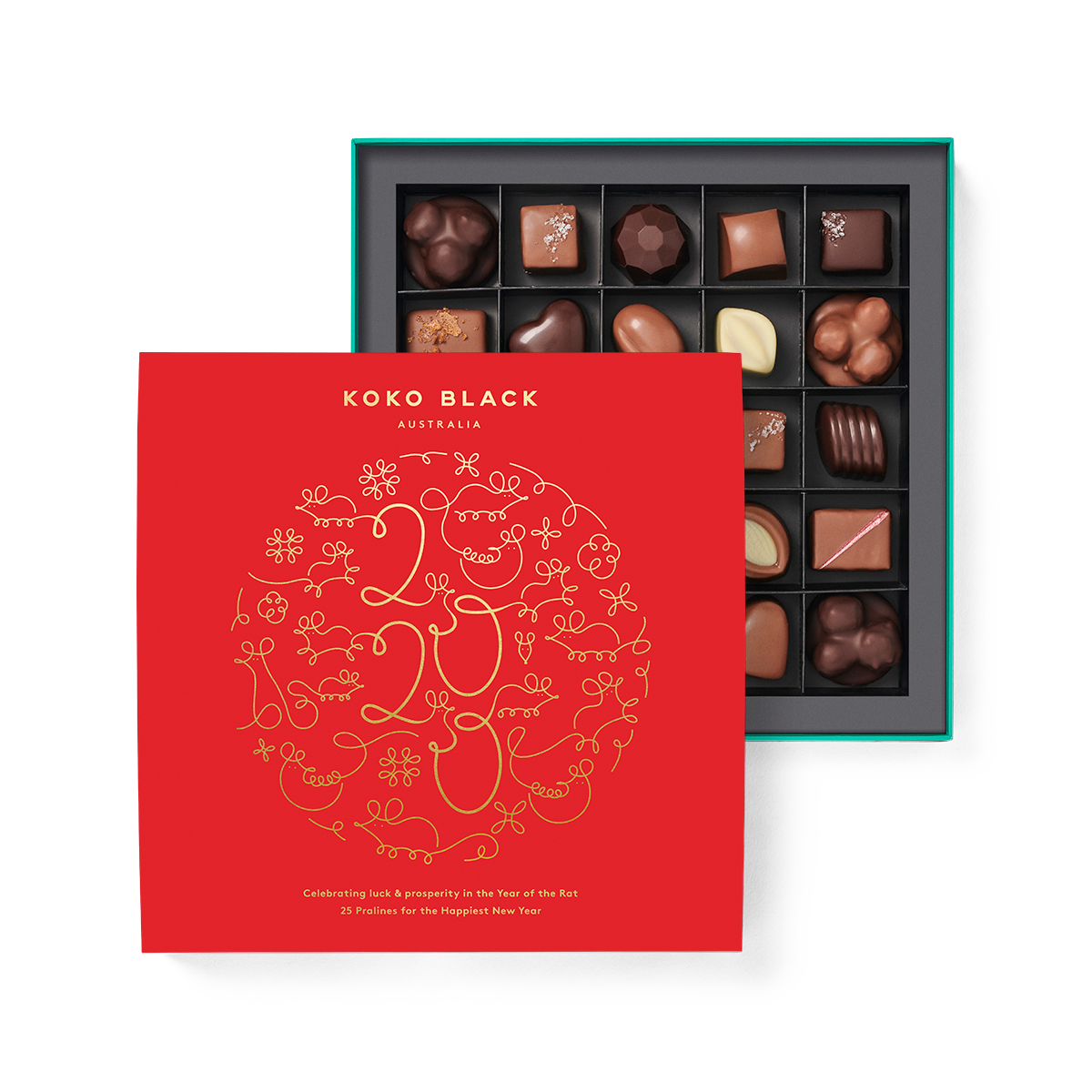Lunar New Year: Dos and Don’ts for business
Welcome to the Year of the Metal Rat.
The Lunar New Year is now upon us, signalling the start of one of the world’s biggest festive seasons, busiest tourism periods, a time of great internal migration and a significant stimulus for consumer spending.
Commencing on the evening of Friday 25 January, the celebrations are a time for family reunion, feasting, gift-giving and good wishes, celebrated by over 1.5 billion people worldwide.
Here’s a brief look at 5 of the do’s and don’ts for your business at this important festive time.

1. Embrace celebrations beyond China –
Lunar New Year is one of the most important festivals celebrated in China and amongst Chinese communities globally (referred to as Chinese New Year). While it usually takes place in January or February, the date changes annually based on the cycle of the moon.
This year, New Year’s Eve on 25 January will mark the end of the Year of the Pig, and the start of the Year of the Rat. China essentially ‘closes for business’ over this period, with a national public holiday period spanning 24 – 30 January and many employees taking leave in leading up to and after these ‘official’ dates (i.e. - avoid scheduling your business travel or meetings in this period).

[Hanoi, Vietnam: A group of people performing a dragon dance during Tet Lunar New Year celebrations on April 14, 2013.]
And while the Chinese festivities may be the best known, the Lunar New Year, or Spring Festival, is also celebrated and highly significant in different countries and communities beyond mainland China, for example Vietnam (the Tet festival), Korea, Singapore and other parts of Southeast Asia - Don’t forget to check the holiday dates, take time to understand the nuances and traditions, and pass on well wishes to your customers, clients, suppliers and partners in these diverse markets as well.
2. Take care with gift giving
If you are giving gifts, care and attention to detail is needed to understand how and when gifts are given, and which gifts are culturally appropriate in each unique circumstance during the Lunar New Year.
The Chinese, for example, have a saying: “courtesy demands reciprocity”. Gift giving has deep historic roots, steeped in Confucian values and complex social etiquette.
Gifts play a key role in maintaining relationships and social harmony, upholding ‘face’ and demonstrating ‘guanxi’ (personal relationships). Typically, people offer their elders gifts to show prosperity and provide health and wellbeing for the year ahead, while offering those younger than oneself red envelopes (hóng bāo) containing money. Except for the number four, even numbers (of an item or set) are appropriate, and you should also pay close attention to colour.

[Uncooked Vietnamese sticky rice cake, wrapped in bamboo leaf. Traditional Vietnamese New Year (Tet) food]
In Vietnam, gift giving is also an important part of the Tet festival, deeply rooted in complex social norms and beliefs. Red packets are also gifted from elder to younger family members. Clothes, scarfs and sticky rice square cakes (bánh chưng) are traditionally meaningful gifts that parents and the elderly often receive from children, with small cumquat trees, peach blossom sprigs and gourmet hampers also other suitable options.
3. Packaging and presentation are essential
While it’s essential to carefully customise your offering, the Lunar New Year gift giving tradition can also presents new opportunities for quality Australian products looking to grow their brand into these markets.
When trying to appeal to new year shoppers, suitable packaging can make or break an international consumer good in the market. Unless packaged, presented and promoted in an attractive, culturally appropriate, and unique way, shoppers may opt for home-grown brands instead.
In many instances, the use of red and gold, symbolising good luck and fortune are most common. For instance, large decorative red and gold boxes with multi-packs of product are a popular choice for consumers, as they demonstrate generosity, abundance and status.

[Handcrafted Australian chocolates for Lunar New Year 2020 from Koko Black]
Getting the subtle balance between cultural appropriateness and overt commercialism is essential. For instance, the (discrete) inclusion of New Year’s symbols (such as the animal zodiac) and auspicious colours (red and gold) on packaging for food or beverage products is often more acceptable than featuring these elements on other luxury goods such as fashion.
4. Become part of the travel itinerary
The Lunar New Year is also an important season for Australian businesses as it is now the busiest period for inbound visitors to Australia from not only mainland China, but others such as Singapore, Hong Kong and Taiwan.
In increasing numbers, these visitors are now aspiring to be ‘free and independent travellers’ (FITs), seeking unique and memorable Australian experiences locally made products that they can’t get at home.
For example, many Australian wineries have become increasingly popular on Chinese itineraries in the last few years off the back of strong Chinese interest in local wine. According to Tourism Australia research, availability of good food and wine has become one of the biggest factors in the choice of a travel destination.
But local Australian tourism businesses need to take proactive steps to tailor their services, products and experiences to strike the right chord with Lunar New Year travellers. Only then will tourists add these attractions to their already busy travel itineraries.
5. Plan for the longer term
The rat is the first of the twelve signs in the Chinese zodiac and Lunar New Year 2020 also sets a fresh 12-year cycle in motion, with the animal sign combining with a new element, metal, for the Year of the Metal Rat. Just as metal conducts energy, it will be a year for dreaming and doing, for both ambition and getting things done, and thinking outside the box.
This could mean aiming to position your product to new global consumers (such as Lunar New Year shoppers or travellers), redefining your approach to international marketing, or even viewing the new year as an opportunity to enhance your connections with cross-cultural partners or suppliers.
But it takes time to grow your business with any of these markets.
There are multiple elements to consider, ranging from understanding consumer tastes, to knowing how to navigate different business cultures and operating environment, and tailor your approach to sales and marketing and building relations.
These vary considerably amongst markets and communities celebrating Lunar New Year, so it’s important to take time to understand the local differences and cultural nuances and seek advice when needed.
And before we know it, Lunar New Year 2021, will also be upon us.
Drew Waters is the Director of Strategic Partnerships at Asialink Business, Australia’s National Centre for Asia Capability. He has a long career in assisting Australian and international organisations to expand and grow in Asian markets, including in his former role as the CEO of AustCham Hong Kong & Macau.
